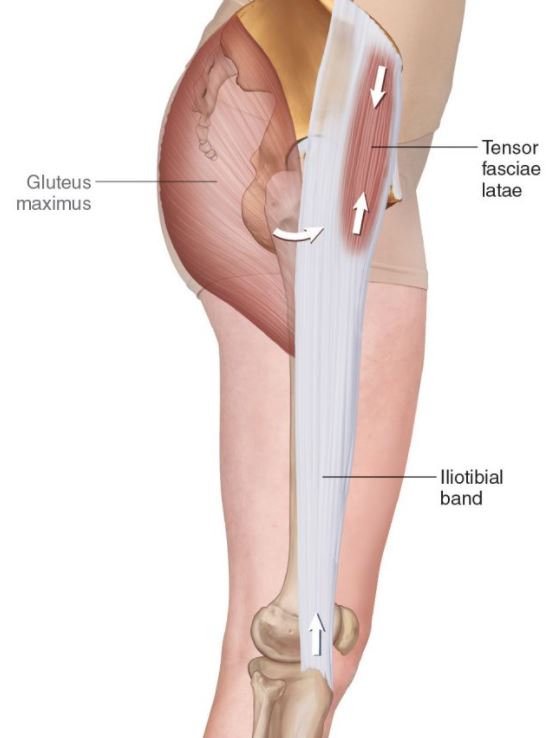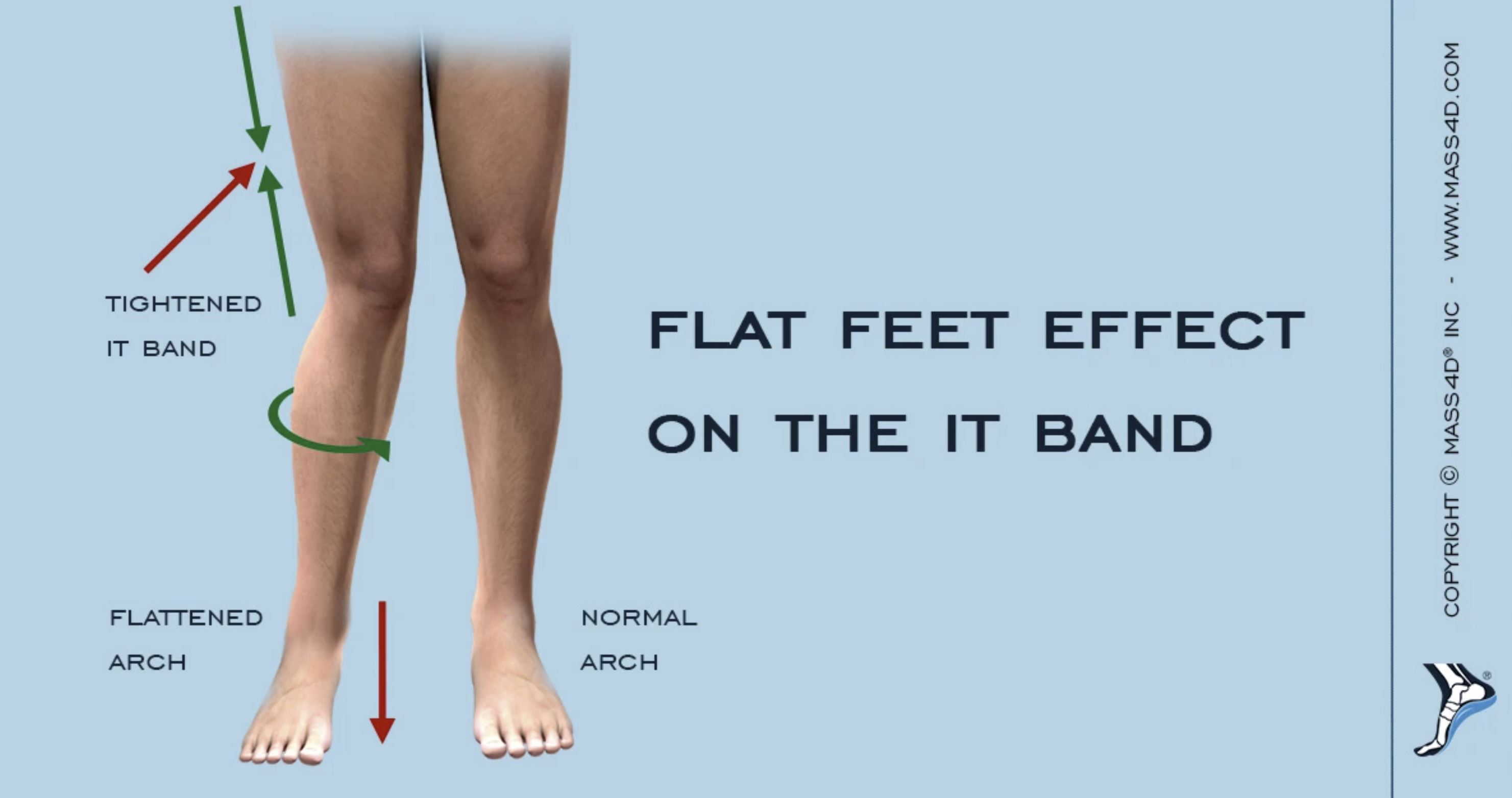How To Fix A Tight IT-Band: Addressing the Root Cause
Oct 23, 2021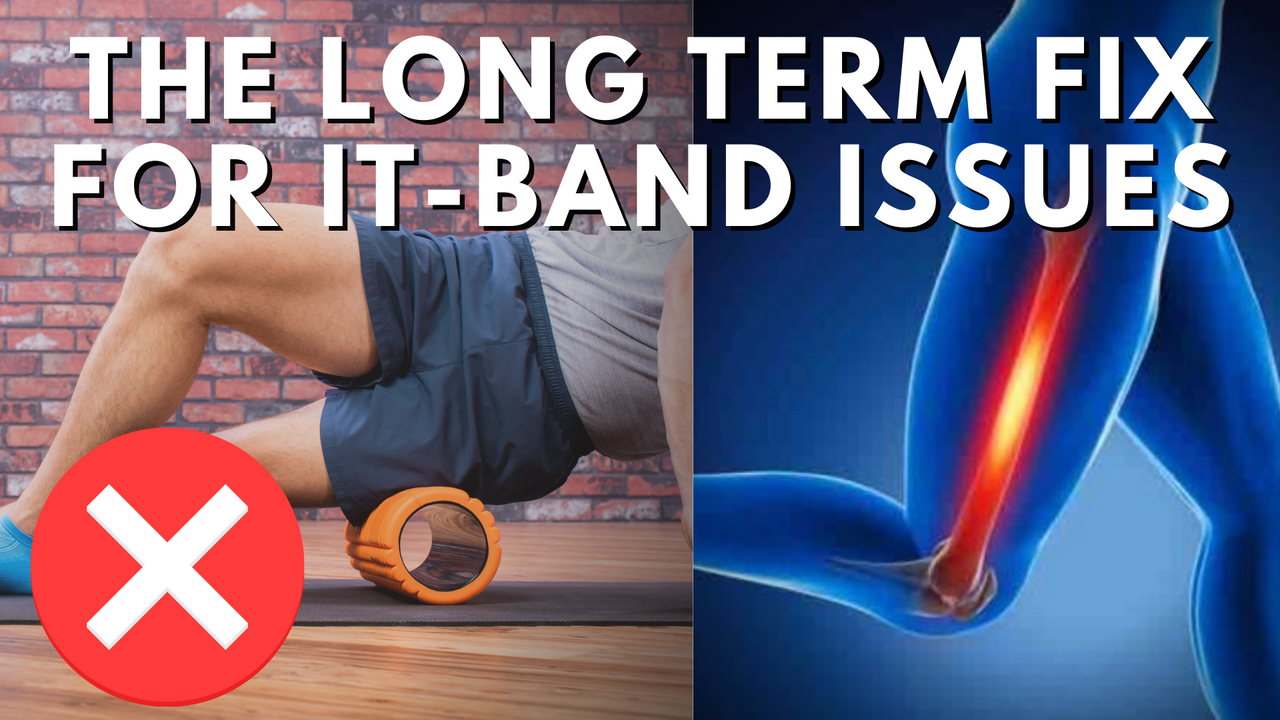
Here’s what I see all the time: Someone feels tightness in the side of their leg or hip, and they go to a trainer or rehab practitioner. They get prescribed some foam rolling and stretching for their “tight IT-Band” and to take some time off of whatever irritates it.
They do it for a while, feel a bit better, and then once they ramp-up activity again, it locks back up and they’re back to square one.
What gives?
The issue with IT-Band issues is that it’s actually not the IT-Band that is often the culprit of the issues they’re experiencing. In fact, it may not be their IT-Band at all.
In this article, I’m going to discuss:
- The root cause of common IT-Band issues
- How to assess for limitations related to IT-Band issues
- Exercises for restoring proper movement and reducing discomfort
If you would rather watch than read, see the video below:
Why It’s Probably Not Your IT-Band
The IT-Band is essentially just connective tissue. It has muscles that attach to it to form the iliotibial band tract. The primary muscles involved with this are the:
Tensor Fasciae Latae (TFL)
This muscle attaches to the upper pelvis and the IT-Band. This muscle is very important for creating internal rotation of the hips and femur (leg bone) when we walk or run.
Vastus Lateralis

This muscles attaches to the the femur itself. This muscle should work to extend (lock out) your knee under normal circumstances.
Here’s the major point: These two muscles (and to the lesser extent other muscles on the outside of the hip/thigh) have leverage to create compensatory internal rotation when we cannot achieve it properly.
When we walk, run, jump, cut, etc, we need to create internal rotation of the hip upon mid-stance (at 20% of gait cycle):

The muscles that help create this are the:
- Gluteus Medius (anterior fibers)
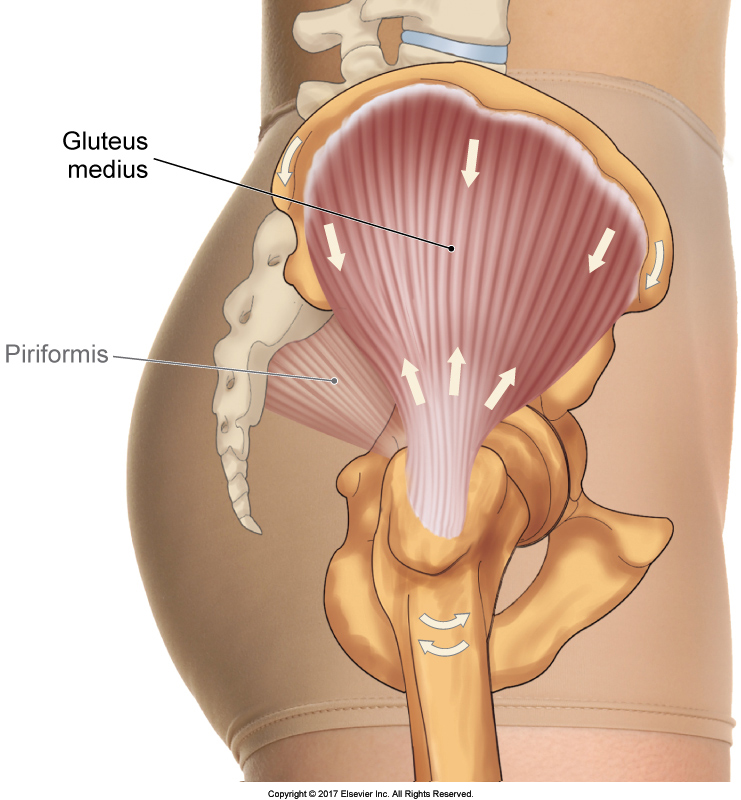
- Adductors
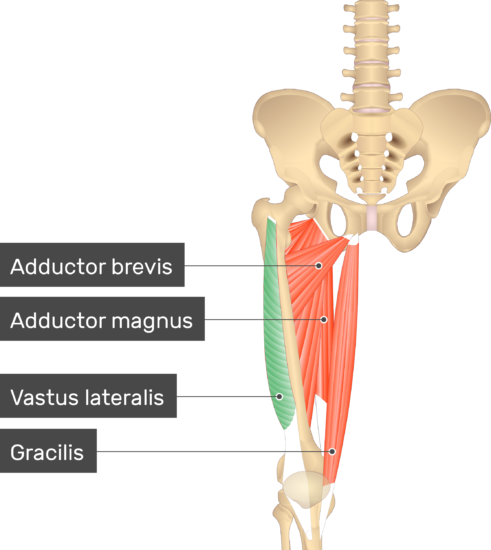
- Obliques
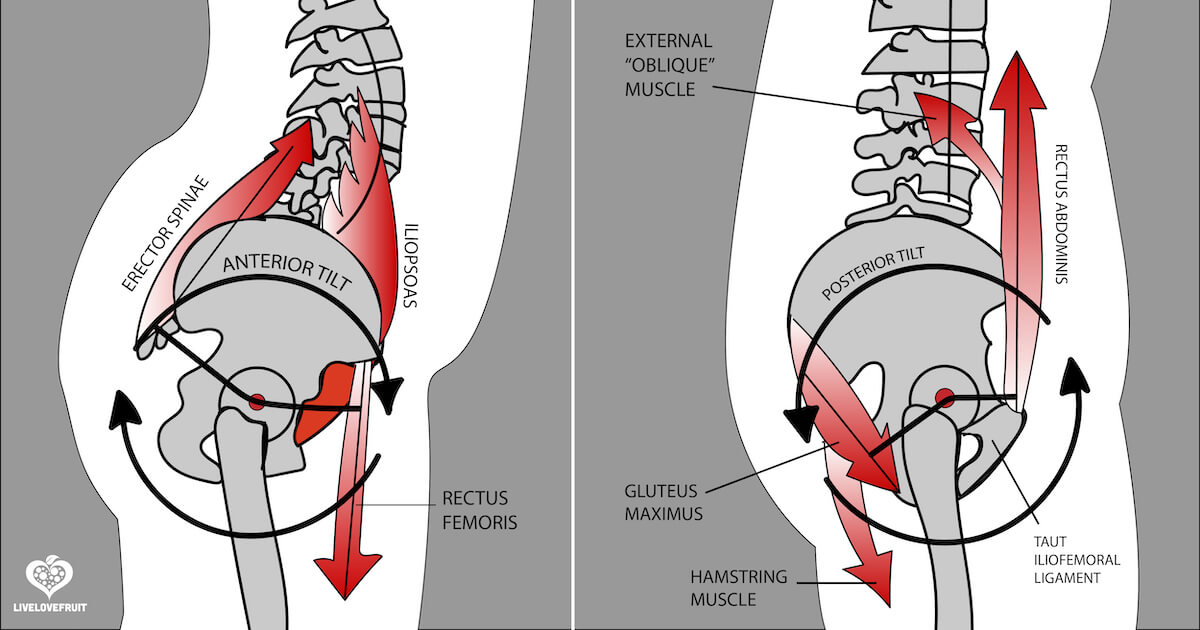
These muscles should work synchronously with the TFL to create internal rotation as we fully load our bodyweight on that side upon mid-stance.
If we cannot achieve, or are limited in, internal rotation of the hip and/or femur, then we will likely compensate to find it via the path of least resistance. This usually involves anterior pelvic tilt which will bias the lower body into internal rotation:
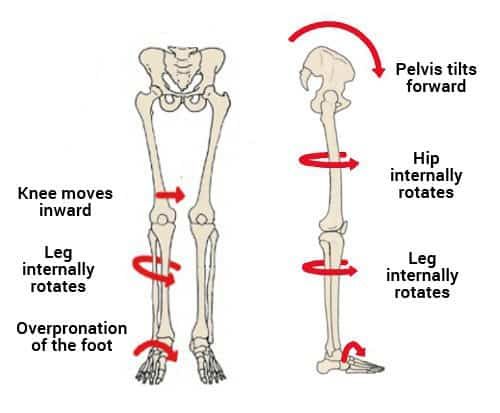
This is a massively important concept to understand because if our pelvis is forward, it actually gives the muscles on the outside of the hip/leg (TFL and Vastus Lateralis) increased leverage to create internal rotation.
This means these muscles are in a shortened length and position. So with respect to the above image, is it really the flat feet causing IT band syndrome, or is that simply another symptom of a larger issue?
The point is, often times people feel that tightness or discomfort and it’s labeled as a tight IT-Band, but it’s actually a larger problem that simply one section of connective tissue – it’s a result of limited range of motion and joint alignment within the hips and lower body.
How To Test For A Tight IT-Band
As I touched on above, if you are limited in internal rotation, you’re probably going to be missing it in assessments that test for it.
We can use three basic tests to determine limitations of internal rotation:
#1: Straight Leg Raise
This is assessing for how well you can couple internal rotation of the femur (leg) with internal rotation of the hips. If you have less than about 60 degrees on this test, then you likely have a significant internal rotation limitation:
#2: Femoral Internal Rotation
This one is obvious. We are looking for about 35-40 degrees on this. Many people with an over-active TFL or Vastus Lateralis will experience “pinching” on the side of their hip during this test:
#3: Active Hip Extension
If you are dumped forward into anterior pelvic tilt (to find internal rotation), then this will be limited:
Exercises To Fix A Tight IT-Band
The solution involves first giving your joints the ability and space to create internal rotation, and then re-educating the musculature responsible for it (glute med, adductors, obliques) to help “own” that position.
The first step is to get out of anterior pelvic tilt if you are missing hip extension, as tested above, I have an video on addressing that here.
Please make sure not to skip this step, because if you are stuck with a forward pelvis, it won’t be possible to maximize restoration of full internal rotation, as you will be still stuck in compensatory internal rotation.
Try the following exercises in this order and re-test your assessments:
#1: Rolling Arm Bar in Hip Extension
This is a great drill because it uses the ground to our advantage to create internal rotation. This will open up the space for your pelvis and femur to move into internal rotation (see think link for more on why):
#2: Wall-Referenced Roller Hinge
Hinging movements (like a deadlift) bias internal rotation. We can use the roller as a reference to recruit the adductors, glute med, and obliques to help move into internal rotation at the bottom position of this hinge:
#3: Front Foot Elevated Split Squat with Forward Hip Shift
This exercise dynamically moves us in and out of internal rotation (see why on my article on split squats here). At the beginning, we are in more external rotation, but as we descend and reach the bottom, we are in more internal rotation. You should feel the glute med, adductor, and obliques working on the forward leg:
You can find more exercises for restoring internal rotation in my article here.
Summary
A tight IT-Band usually isn’t just a tight IT-Band – it’s a symptom of a larger underlying issue at the hips. Understanding the root cause of these limitations will help you improve your movement and range of motion for long-term success, rather than simply hoping rolling and stretching takes care of it.
I am not anti-foam rolling or stretching, but I am more of a proponent of educating the body how to move better, rather than stretching something out and then not giving the hips a reason to maintain a new position.
Don’t miss out on free education
Join our email list to receive exclusive content on how to feel & move better.

